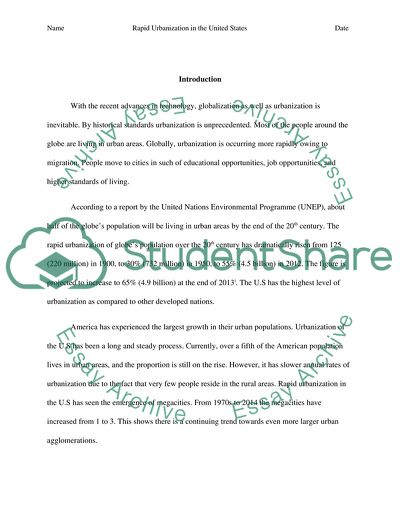Cite this document
(Rapid Urbanization in the United States Research Paper Example | Topics and Well Written Essays - 4750 words, n.d.)
Rapid Urbanization in the United States Research Paper Example | Topics and Well Written Essays - 4750 words. https://studentshare.org/social-science/1849063-rapid-urbanization
Rapid Urbanization in the United States Research Paper Example | Topics and Well Written Essays - 4750 words. https://studentshare.org/social-science/1849063-rapid-urbanization
(Rapid Urbanization in the United States Research Paper Example | Topics and Well Written Essays - 4750 Words)
Rapid Urbanization in the United States Research Paper Example | Topics and Well Written Essays - 4750 Words. https://studentshare.org/social-science/1849063-rapid-urbanization.
Rapid Urbanization in the United States Research Paper Example | Topics and Well Written Essays - 4750 Words. https://studentshare.org/social-science/1849063-rapid-urbanization.
“Rapid Urbanization in the United States Research Paper Example | Topics and Well Written Essays - 4750 Words”. https://studentshare.org/social-science/1849063-rapid-urbanization.


